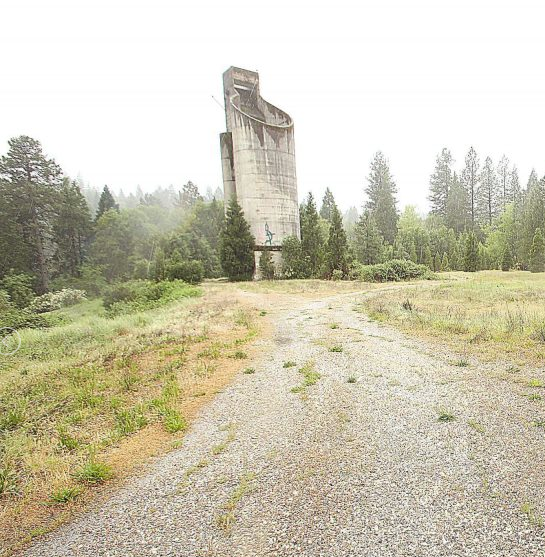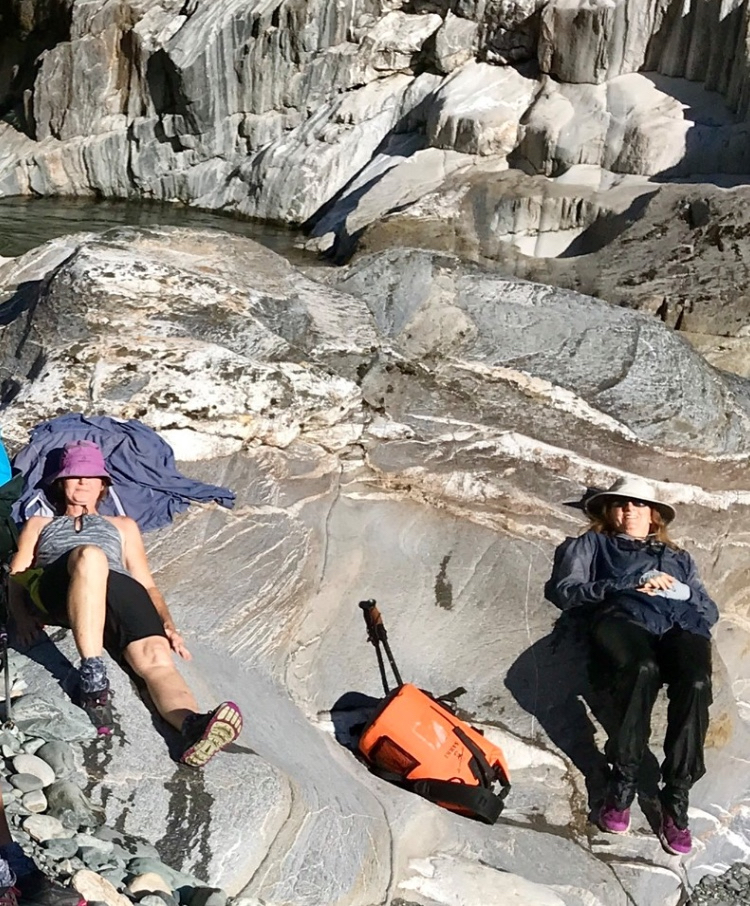Dear Friends and AEL Members,
Wow! Thank you to everyone who wrote a comment letter for the NOP for the Idaho Maryland Mine in Nevada County. Sharing letters amongst each other behind the scenes produced various great questions for the DEIR. AEL also submitted a letter, summarizing some of the community’s points. You can read it below.
Together we are a stronger voice!
-Leslie Warren
PS: Placer County’s final public hearing for the Placer County Conservation Plan will be continued from yesterday, August 26 on September 1. Participation encouraged!
AEL's Comment Letter
Dear Mr. Kelley:
The Alliance for Environmental Leadership’s (AEL) member organizations have separately provided comments and questions to Nevada County in response to the NOP on the Idaho Maryland Mine reactivation proposal. We affirm herein, that those comments and questions are supported, consistent with, and also of keen interest to AEL. We understand that our affiliate member comments and our own comments and concerns which follow will be fully and completely addressed in the forthcoming Draft Environmental Impact Report for the Idaho Maryland Mine.
Nevada County is a non-attainment area for the federal 8-hour ozone standard and all of Nevada County is non-attainment for the State 1 hour ozone standard. How will Idaho Maryland Mine operations affect Nevada County’s compliance with the Clean Air Act and regulatory requirements to reduce the emission of ozone enough to attain Federal ozone standard compliance? Will the ozone emissions from the Idaho Maryland Mine contribute to Nevada County’s non-attainment and being hit with Federal sanctions? How might these sanctions affect County operations and public services? How, specifically, will non-attainment and the contribution of ozone from the Idaho Maryland Mine on and off-site operations affect overall public health and well being? Please also address impacts to the very young and other vulnerable populations. Over the 80 year life of the Mine, what is the predicted cumulative and annual generation of ozone, and what are the local and global implications to public health and welfare?
Dewatering the Idaho Maryland Mine will cause over 814,400,000 gallons of frigid groundwater over a period of years to be pumped into Wolf Creek. Thereafter it will flow into the Bear River and the Sacramento River. What chemicals will be employed to treat this water to meet discharge safety standards? How will the introduction of the frigid and treated water affect water quality, fish and wildlife, vegetation within the 990 miles of streams, creeks and rivers within the watershed? Please assess impacts to fish and wildlife at all levels of the food chain- from the microscopic to the megafauna. As insects are in critical decline, and the foundation of the food chain, we suggest that particular attention be taken to assess impacts to all insects that utilize the watershed through each stage of their complex life cycles.
The Bear River Watershed contains more than 2,000 miles of roadway, the highest density of any watershed in the Sierra Nevada. Approximately 45% of streams in the Watershed are within 100 meters of a public road. The EIR should assess how sustained high volume flows which will occur throughout the year, will affect the 1) public safety, 2) structural stability and 3) serviceable life of affected roadways both directly and indirectly.
Mercury contamination is a significant concern. How will sustained high volume water flows affect Mercury dispersion and public health for both recreational users and for those who utilize streams for domestic and commercial use?
The IRWA Plan includes a number of goals and objectives for the Bear River Watershed. Does the Idaho Maryland Mine proposal comply with this Plan which was adopted in 12/06 and developed by a diverse group of stakeholders? Will the Idaho Maryland Mine project support these goals – an example being “protect and improve fisheries and aquatic biota through water resource management”? Please address or explain how the Idaho Maryland Mine will comply or conflict with each element of the IRWA Plan.
The Nevada County General Plan and the Circulation Element of the Nevada County General Plan includes several goals, objectives, and policies with respect to greenhouse gas emissions and sustainability. The DEIR should evaluate how the Idaho Maryland Mine project would support or hinder Air Quality Element Policy 14.2 -14.7 and specifically address the significance of noncompliance to 1) pubic health and safety and 2) Nevada County’s access to State and Federal resources by hindering or subverting other compliance measures being undertaken by the County. Please analyze how the Idaho Maryland Mine is consistent with the County General Plan Circulation Element Goal RD 4-1 – Goal RD-4.4. Policy RD 4.3-4, Goal EP 4-3, Goal EP 4-4.
In general, AEL supports and affirms concerns expressed by our member organizations and colleagues who are represented on our web site: enviroalliance.org.
Thank you for your time and attention and for providing proof of receipt of this memo from AEL.
Sincerely,
Leslie Warren, Chair
Alliance for Environmental Leadership








